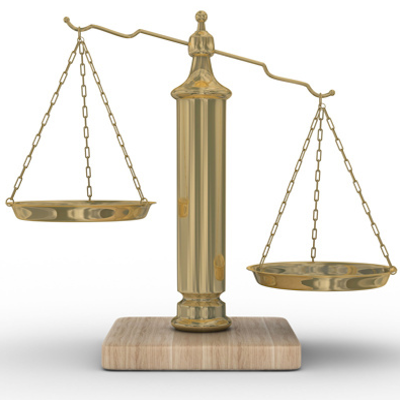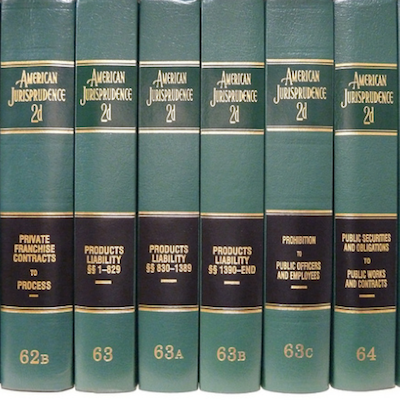A Better Way to Select Judges - Guest MINDSETTER™ Anne Grant
Monday, December 01, 2014
One mother’s riveting, sometimes rambling, testimony at the Judicial Nominating Commission (JNC) on May 4, 2011, may have led to the commission’s recent proposal to change its rules. (Katie Mulvaney, “R.I. judicial nominating panel proposes allowing public to comment on nominees,” November 3, 2014.)
GET THE LATEST BREAKING NEWS HERE -- SIGN UP FOR GOLOCAL FREE DAILY EBLASTShe asked commissioners’ patience with her “two invisible disabilities,” post-traumatic stress disorder (PTSD) and autism spectrum disorder (ASD), which, she said, “make it easy for others to deceive and humiliate me.” Her testimony prompted me to research her three-year-old custody case and to attend her next hearings.
Rhode Island’s Family Court is a civil court with a criminal demeanor. After I had become executive director of the Women’s Center of Rhode Island in 1988, I found that battered mothers who had succeeded in getting their children away from violent homes into our shelter were often treated as criminals in Family Court.
Having escaped one form of assault, they were stunned by the legal attacks and bullying in the courtroom, where they were typically called “defendants” instead of “respondents” -- the civil court term preferred in other states. Few mothers had money to hire attorneys. Since this was not a criminal court, they had no access to public defenders. Legal Services seldom had enough staff for such interminable cases waged by terrifying opponents.
The mother at the JNC’s public hearing (I’ll call her “Tracy”) testified against an attorney who sought nomination to Family Court. He had been the court-ordered guardian ad litem representing the child’s “best interests”. She told the commission he had laughed at her, refused to interview her witnesses, failed to complete his reports on time, threatened to bankrupt her, and colluded with the other side.
Trained as an engineer, Tracy had served with top-secret clearance as an officer in the Air Force, where the military regimen provided a structure that worked well for her high-functioning autism. I asked if she could apply her engineering skills to what was happening procedurally in her case, and she designed a tool that she called a “7/30 chart.”
Data-driven and beautiful in its simplicity, this might be the tool needed to evaluate lawyers and judges by their own docket sheets instead of grandiloquent speeches and letters from influential friends.
Here’s how it works: When a judge makes a verbal order at a hearing, the winning attorney must render the judge’s words in writing and send that draft to the opposing attorney within seven days to establish their agreement on the substance of the order. This written order must be signed by the judge and entered into the record by the clerk within 30 days of the hearing.
Applying these administrative rules as her algorithm, Tracy set up a track on which a properly administered case should run. Every hearing should result in one order. All orders should be entered within the limits set at 7 days and 30 days from the hearing.
An ideal 7/30 track might look like this:
Tracy’s 7/30 chart of her own case opens with a string of four emergency ex parte orders against her, four continuances, and numerous orders entered “out of time.” Court orders land far off track, and some never get entered at all. The case had been running off track for nine months before Tracy even saw a judge.
While these administrative abuses do not begin to reveal the substantive abuse, they show a system gone awry. In Tracy’s case, the opposing attorneys repeatedly violated court rules. Their legal tactics played havoc with Tracy’s autism and PTSD, triggering symptoms that worked against her in court.
At the JNC hearing in 2011, the guardian ad litem who had a major hand in Tracy’s case heard from other angry parents, and commissioners declined to nominate him.
But in February 2014, he appeared once more at the JNC, again seeking nomination as a Family Court judge. One commissioner publicly apologized that the attorney had no opportunity to respond to his critics three years earlier, and they nominated him without ever investigating those complaints.
Now the commission is considering a good rule change to hear public comments first and investigate any complaints before they interview applicants. Another positive change would be to secure the most recent decade of docket sheets from each applicant’s cases and run them through Tracy’s 7/30 algorithm.
A single docket will not reveal which lawyer or judge created problems. But it will show how to investigate case files and focus better interview questions about troubling patterns in these cases.
If clerks posted a 7/30 chart inside each file, a trial judge could call lawyers to the bench to ask why a case has gone off track. When judges seek nomination to higher courts, their own 7/30 charts would show the JNC how well they manage cases.
Litigants can use 7/30 charts as an objective standard to complain to the Disciplinary Counsel or the Judicial Tenure and Discipline Commission.
Moreover, the JNC could invite the public to submit 7/30 charts on all applicants before selecting those candidates to be interviewed. The present system raises suspicion that good candidates have been excluded without public knowledge because some commissioners may be too entrenched in a highly political system.
Anne Grant ([email protected]) has researched and written about Family Court cases for more than twenty years.
Related Slideshow: Top 30 Highest Paid Judges
Below are the top 30 highest paid judges, justices, and magistrates in the state judiciary. Judges and other top-earning members of the judiciary are listed from lowest to highest paid. Data includes both regular earnings as well as health care benefits. (The available records did not include the state contribution to judicial pensions.)
Note: Data was obtained from the State Controller’s Office. Pay and benefits are for the current fiscal year, which began in July. Data is current as of July 24, 2013. Salaries and benefits may be changed over the course of the year. In cases where compensation was the same, judges were listed in alphabetical order.
Related Articles
- Family Court Hosts Adoption Day
- LISTEN: Family Court Fails RI Children
- NEW: Chafee Nominates Sandra A. Lanni To RI Family Court
- NEW: Same-Sex Marriage Approved by House Judiciary Committee
- Civil Unions Goes to Senate Judiciary Committee
- BREAKING NEWS: Civil Unions Passes House Judiciary
- House Judiciary to Hear Hate Crimes, Pregnant Prisoner Bills
- LISTEN: Will Gay Marriage make it out of the Senate Judiciary Committee?
- SLIDES: Can Gay Marriage Clear the Senate Judiciary Committee?
- Gay Marriage Passes Senate Judiciary Committee, Going to Full Senate
- NEW: Senate Judiciary to Vote on Same-Sex Marriage Bills Tuesday
- NEW: Mutiny Underway as Fox Boots O’Neill From Judiciary Committee
- NEW: Senate Judiciary Schedules Hearing on Same-Sex Marriage
- NEW: Block Praises Passage of Master Lever Bill by Senate Judiciary
- NEW: Louise Durfee to Chair the Rhode Island Judicial Nominating Commission
- Senate to Consider Judicial Nominations Next Week
- Sierra Club’s Carl Pope Defends McConnell Judicial Nomination
- Wallin Says Kilmartin ‘Disrespected’ Judicial System
- Dan Lawlor: RI Needs to Step Up Judicial Nominating Process














_400_400_90.jpg)
.png)
_400_400_90.jpg)


.png)


.png)

2013.png)

_400_400_90.jpg)

.png)
2013.png)
.png)

_400_400_90.jpg)
.png)
_400_403_90.jpg)
_400_400_90.jpg)








_80_80_90_c1.jpg)
_80_80_c1.png)
_80_80_90_c1.jpg)


_80_80_c1.png)


_80_80_c1.png)

2013_80_80_c1.png)

_80_80_90_c1.jpg)

_80_80_c1.png)
2013_80_80_c1.png)
_80_80_c1.png)

_80_80_90_c1.jpg)
_80_80_c1.png)
_80_80_90_c1.jpg)
_80_80_90_c1.jpg)
